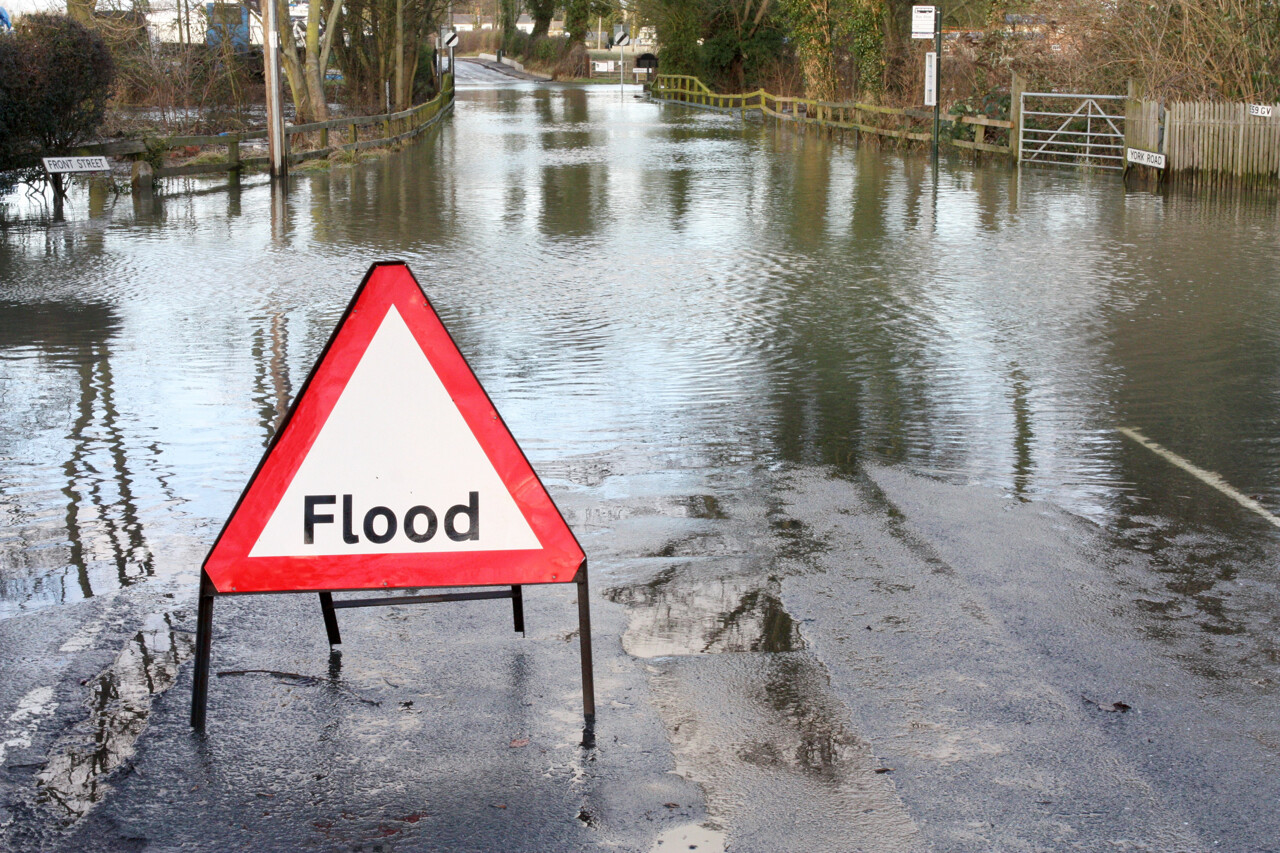Planning a Development Within a Flood Risk Area? Then You’ll Need a Flood Risk Assessment
Do I Need A Flood Risk Assessment?
A Flood Risk Assessment, also known as a FRA, is a report that details the main flood risks to a development site. It can also provide recommendations for mitigating measures to alleviate the impact of flooding to the site and surrounding area. The scope and details of the Flood Risk Assessments will vary depending on the size and topography of the site, and which Flood Zone the site lies within.
A FRA – Flood Risk Assessment, is generally required for all potential developments proposed in flood zones as part of the planning permission application. It is prudent for developers to have a detailed understanding of the potential flood risks, not only to determine if a new development is sustainable in relation to flood risk, but also to understand the impact your development may have on the environment and increase to flood risk.
What do developers and applicants need to consider?
Developers and applicants need to consider flood risk to and from the development site, and it is likely to be in their own best interests to do this as early as possible, in particular, to reduce the risk of subsequent, significant additional costs being incurred. The broad approach of assessing, avoiding, managing and mitigating flood risk should be followed.
In a lot of cases, FRAs are required to pass planning permission. This is especially true if your development is within Flood Zone 2, 3a, or 3b.
However, there are also situations where it would be necessary in Flood Zone 1, such as if your development is over 1 hectare in total size.
What are the Objectives of a Flood Risk Assessment?
The aim of the flood risk assessment is to find out
- whether a proposed development is likely to be affected by current or future flooding from any source;
- whether it will increase flood risk elsewhere;
- whether the measures proposed to deal with these effects and risks are appropriate;
- the evidence for the local planning authority to apply (if necessary) the Sequential Test, and;
- whether the development will be safe and pass the Exception Test, if applicable.
You can read more about FRAs here https://www.gov.uk/guidance/flood-risk-assessment-for-planning-applications
Government guidelines recommend that you may need a Flood Risk Specialist. Earth Environmental & Geotechnical have a team of specialists who can help guide you in the right direction.
Earth Environmental & Geotechnical have carried out Flood Risk Assessments for a large variety of sites to meet the planning requirements set out by local authorities, and that adhere to the Environment Agency and National Planning Policy Framework advice and guidance. Read more here https://www.earthenvironmental.co.uk/flood-risk-assessment/
I’m just planning to extend. Do I need a FRA for that?
A Flood Risk Assessment is not just required for large scale developments. If your property is situated in zone 3a and 3b, possibly zone 2, and your extension requires planning permission you may need to include a Flood Risk Assessment. The assessment should demonstrate to the planning department how flood risk will be managed, now and over the development’s lifetime, taking climate change into account. It should also consider the vulnerability of its users.
If you submit a planning application without the relevant Flood Risk Assessment your development may be delayed or at worst rejected and the appeal process may cost more money. It is advisable to check whether any development will require a FRA
What are the Flood Zones?
1 in 6 properties in England are at risk of flooding from rivers, sea and surface water, with many others susceptible to various sources of flooding. The flood zone for sites are obtained from the Environment Agency and Local Authority Strategic Flood Risk Assessment which are defined as Flood Zone 1 to Flood Zone 3, and the site areas being defined as more or less than 1 hectare. In a lot of cases, FRAs are required to pass planning permission. This is especially true if your development is within Flood Zone 2, 3a, or 3b. However, there are also situations where it would be necessary in Flood Zone 1, such as if your development is over 1 hectare in total size.
Flood Zone Definition
Zone 1 Low Probability
Land having a less than 1 in 1,000 annual probability of river or sea flooding. (Shown as ‘clear’ on the Flood Map – all land outside Zones 2 and 3)
Zone 2 Medium Probability
Land having between a 1 in 100 and 1 in 1,000 annual probability of river flooding; or land having between a 1 in 200 and 1 in 1,000 annual probability of sea flooding.
Zone 3a High Probability
Land having a 1 in 100 or greater annual probability of river flooding; or Land having a 1 in 200 or greater annual probability of sea flooding.
Zone 3b The Functional Floodplain
This zone comprises land where water has to flow or be stored in times of flood. Local planning authorities should identify in their Strategic Flood Risk Assessments areas of functional floodplain and its boundaries accordingly, in agreement with the Environment Agency.
The Flood Zones shown on the Environment Agency’s Flood Map for Planning (Rivers and Sea) do not take account of the possible impacts of climate change and consequent changes in the future probability of flooding. However, planning departments are obliged to consider how flood risk will be managed, now and over the development’s lifetime, taking climate change into account. If you are planning a development in zone 2 , 3a or 3b call Earth Environmental & Geotechnical to discuss what steps are required for your development. As the incidence of flooding has increased over the past decade your development may need a Flood Risk Assessment with a Flood mitigation strategy for your planning application.
Contact a specialist now to discuss your planning application and Flood Risk Assessment needs.
https://www.earthenvironmental.co.uk/contact-earth-environmental/




